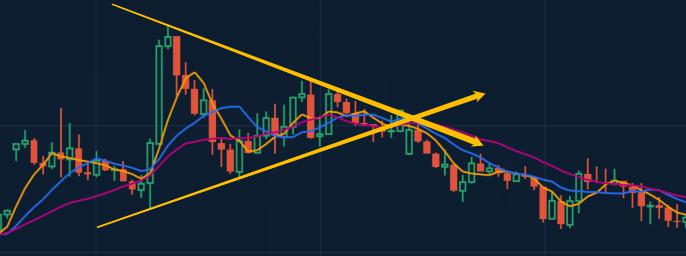
LEO
Oct 25, 2021 13:27
Nonfarm payroll employment is a compiled name for goods, construction and manufacturing companies in the US. It does not include farm workers, private household employees, or non-profit organization employees.
It is an influential statistic and economic indicator released monthly by the United States Department of Labor as part of a comprehensive report on the state of the labor market.
The Bureau of Labor Statistics releases data on the first Friday of the month, at 8:30 a.m. Eastern Time.
This data is analyzed closely because of its importance in identifying the rate of economic growth and inflation.
Nonfarm payroll is included in the monthly Employment Situation or informally the jobs report and affects the US dollar, the Foreign exchange market, the bond market, and the stock market.
The markets react very quickly and most of the time in a very volatile fashion around the time the NFP data is released. The short-term market moves indicate that there is a very strong correlation between the NFP data and the strength of the US dollar. Historical price movement data shows a small negative correlation between the NFP data and the US dollar Index.
The figure released is the change in nonfarm payrolls (NFP), compared to the previous month, and is usually between +10,000 and +250,000 during non-recessional times. The NFP number is meant to represent the number of jobs added or lost in the economy over the last month, not including jobs relating to the farming industry.
As with other indicators, the difference between the actual non-farm data and expected figures will determine the overall impact on the market. If the non-farm payroll is expanding, this is a good indication that the economy is growing, and vice versa. However, if increases in non-farm payroll occur at a fast rate, this may lead to an increase in inflation. In forex, the level of actual non-farm payroll compared to payroll estimates is taken very seriously. If the actual data comes in lower than economists' estimates, forex traders will usually sell U.S. dollars in anticipation of a weakening currency. The opposite is true when the data is higher than economists' expectations.

Oct 25, 2021 13:27
Oct 25, 2021 13:27